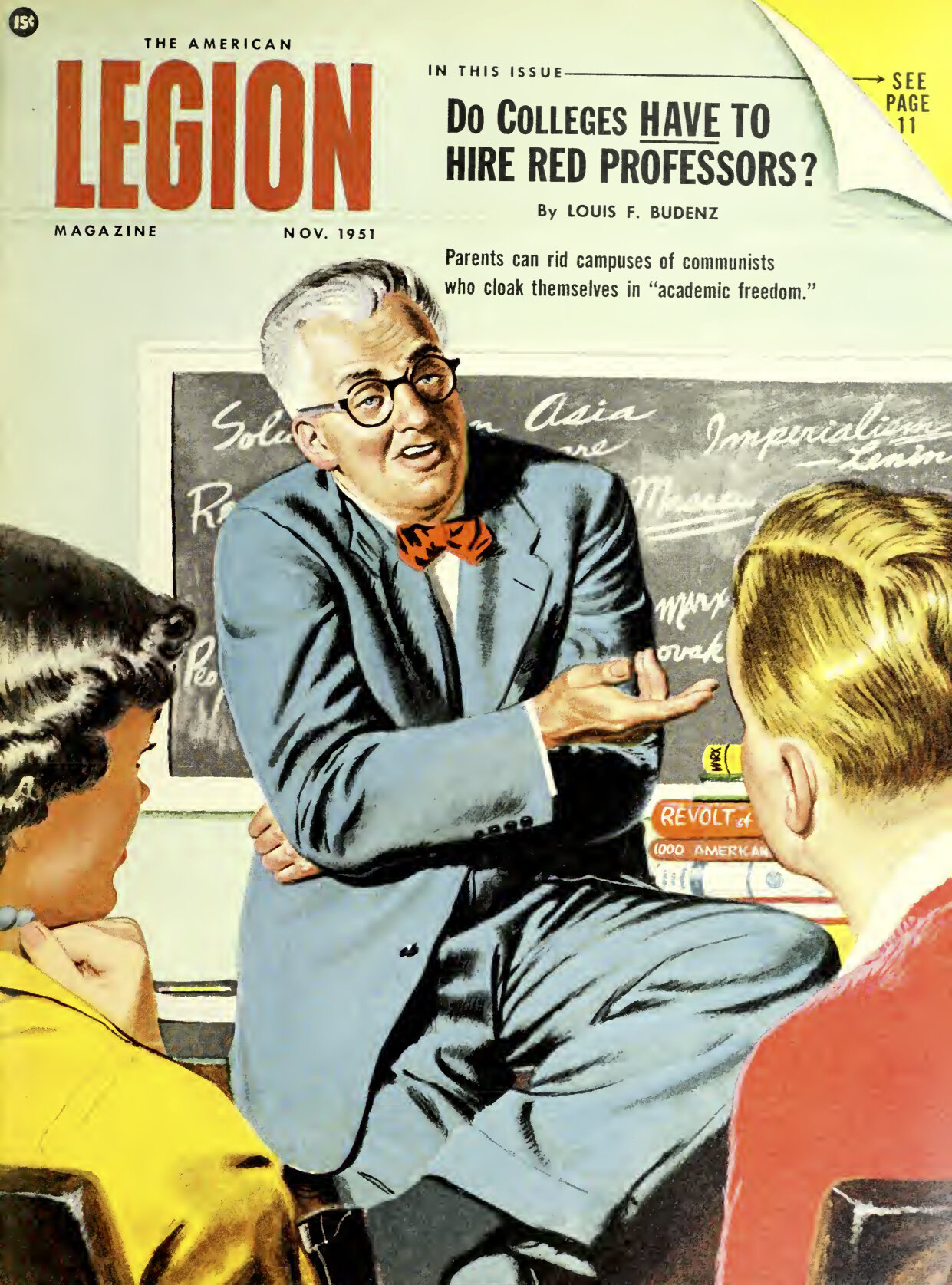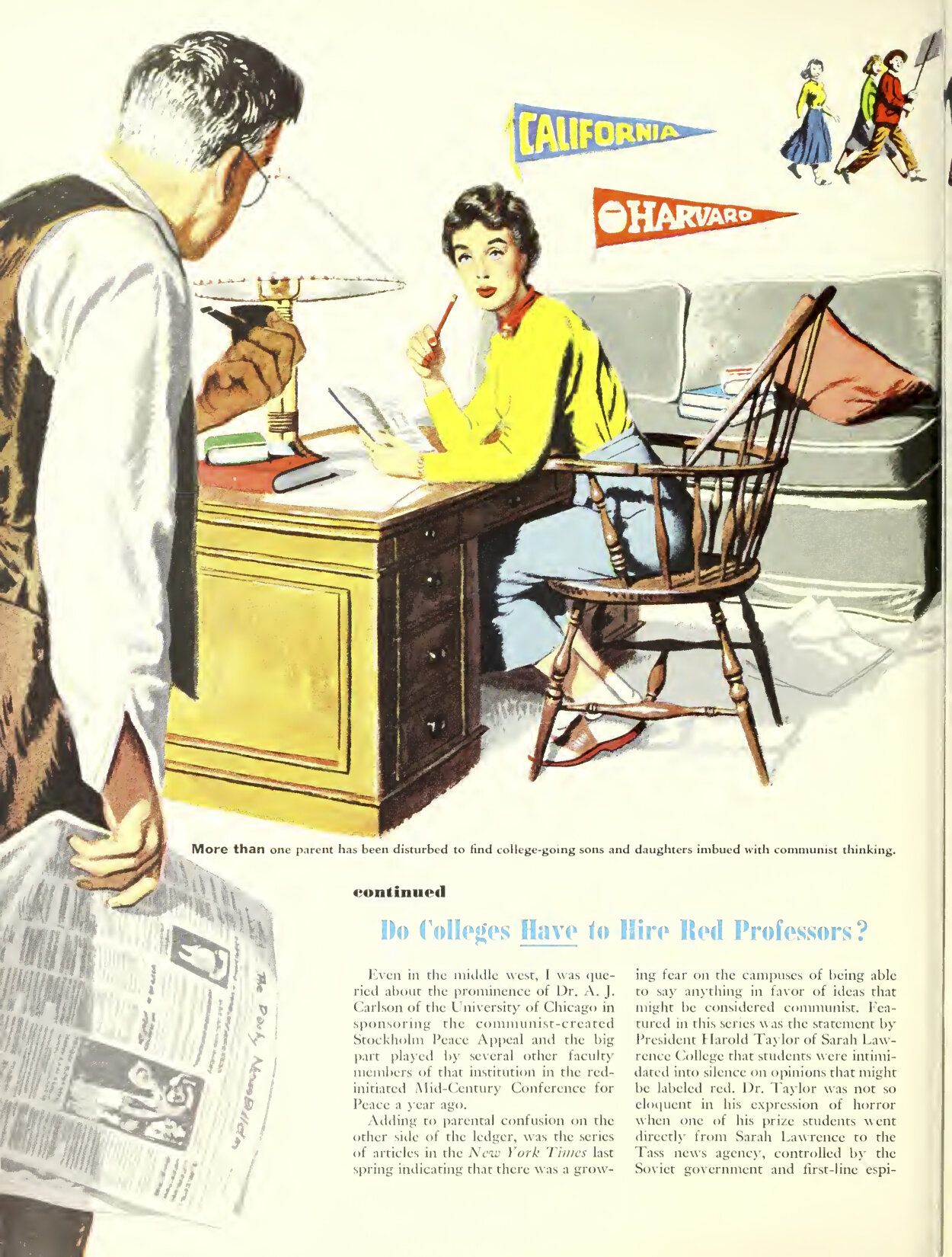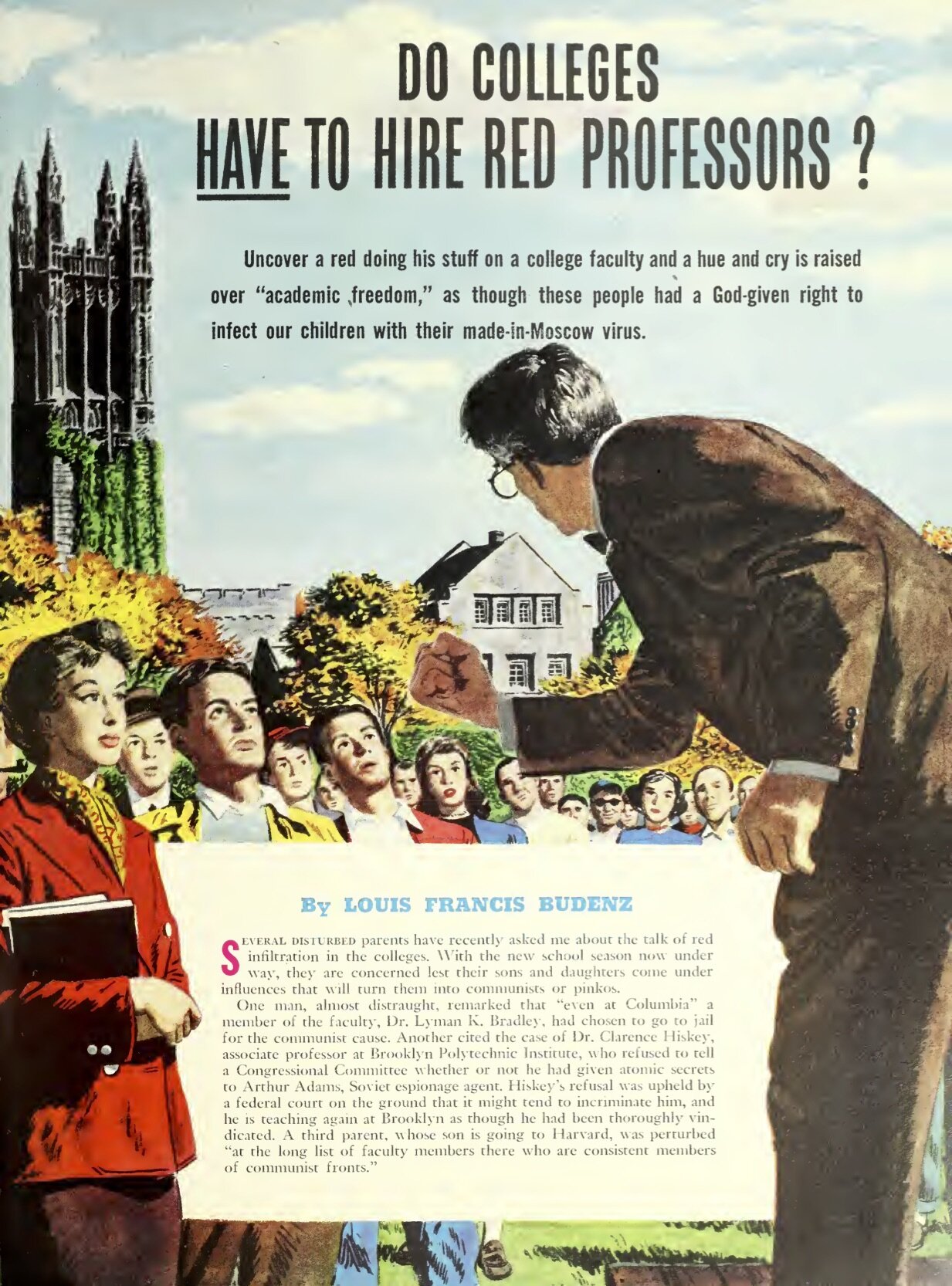Censorship (again), but with an Autocratic Twist
It must be that time of year again. Politicians on the right are lining up to censor history— specifically, what texts can be used in the classroom. And, once again, they’re pulling out their copies of Howard Zinn, shaking them in the air, and decrying writers who challenge their triumphalist versions of U.S. history. This time it’s the president—a person who, I can say with relative confidence, has never read more than a few pull quotes from the book.
This year, they’ve added the 1619 Project to their Index Librorum Prohibitorum, joining the ranks of publications such as The People’s History of the United States and…well, pretty much, that’s it. Though, they’re also a bit abuzz about this thing called Critical Race Theory. I’m not entirely sure they know what it is, but it’s Marxist. Definitely Marxist.
In the past, I’ve written about the attempts to censor Zinn on a few occasions, such as Arkansas’s Kim Hendren in 2017 and Mitch Daniels in 2013 (yes, that Mitch Daniels—the president of a major research university here in Indiana).
Censorship is a favorite technique of autocratic regimes (and those leaders who style themselves as such). Likewise, demanding that school curricula bend to party ideology is a classic approach among antidemocratic politicians. This is typically associated with vilifying teachers and intellectuals, associating them with one form of -ism or another—some kind of nefarious ideology that they paint as subversive and dangerous to the state (and the children, especially the children).
The American far right has long used these tools from the autocrat’s playbook. In 1950, Louis Budenz (yes, another Hoosier) began denouncing university professors as communists to Joseph McCarthy. He told parents that they needed to purge college campuses of a communist fifth column in an article for the American Legion Magazine in 1951 titled "Do Colleges Have to Hire Red Professors?: So-Called ‘Academic Freedom’ Covers A Lot Of Subversion." The illustrations associated with the text are priceless. It seems that these professors not only inculcate students with communism in the classroom, but track them down across campus. One even seems to threaten them in his ardor to convert them to Stalinism.
Meanwhile, Allen Zoll's National Council for American Education was busy publishing its “Red-Ucators” pamphlets, listing supposed communists within the ranks of American universities. In October 1952, The New York Daily News labeled 23 professors "Pinkos" on its front page, printing their pictures and reporting that they under investigation by McCarthy’s House Un-American Activities Committee.
What we’re seeing this week is part of this longer history of censorship. However, it is substantively different this time around. The American public is living through a convergence of crises—each of which, it is important to say, were quite predictable (n fact, had been predicted). At the same time, the the country’s institutional infrastructure is being attacked at nearly every point by a lying, antidemocratic, anti-science, reality-denying, anti-post office (for some reason), racist, misogynist demagogue who leads a party and a large majority of voters who seem willing to abandon all principles in favor of power and white supremacy.
I have seen scholars dismiss these statements by the president with the comment that he has no power to make curricula. I would revise this statement. He currently has no power to control curricula. This is an administration that has shown a proclivity to step far beyond constitutional boundaries, only to pull back (much of the time) to a weakened or altered boundary. Take, for example, ICE’s work in rounding up families, separating children from parents, and putting them in cages.
This current attempt at censorship has already stripped federal agencies of the capacity to provide antiracist training to employees, calling it “divisive, anti-American propaganda.” And, in a speech yesterday, he took aim at the Smithsonian Institution, an organization with a budget that is 62% federally funded. This gives the government significant power to twist arms and assert control. And, the same is true for schools and universities across the country that rely on federal funding to support their students.
This is all to say that we have seen this before, but the context has shifted, and we need to pay attention. It’s worthwhile returning to Howard Zinn and being reminded of both the stakes and—for those of us in academia—our responsibilities. So, I’m leaving off with an article I published on Howard Zinn and our responsibilities as scholars.
Howard Zinn by 6500jmk4 on Scribd


